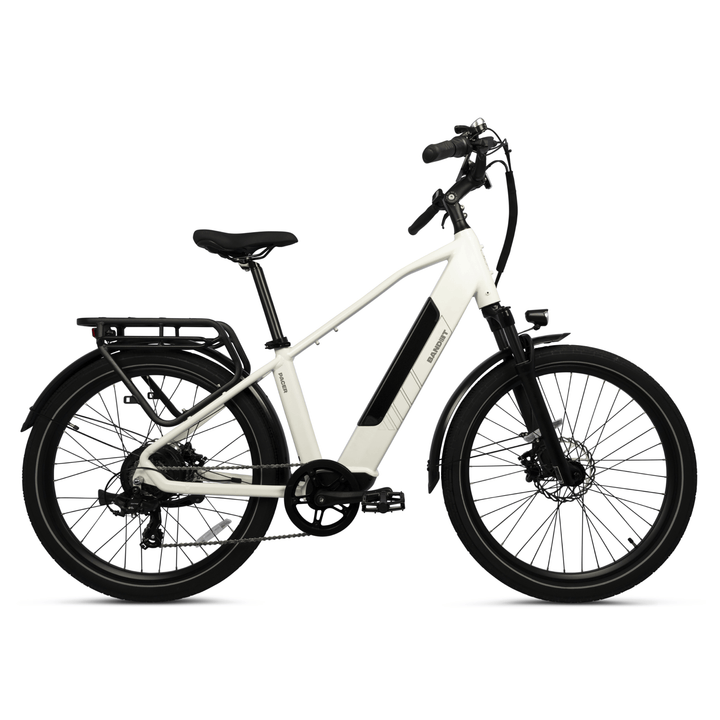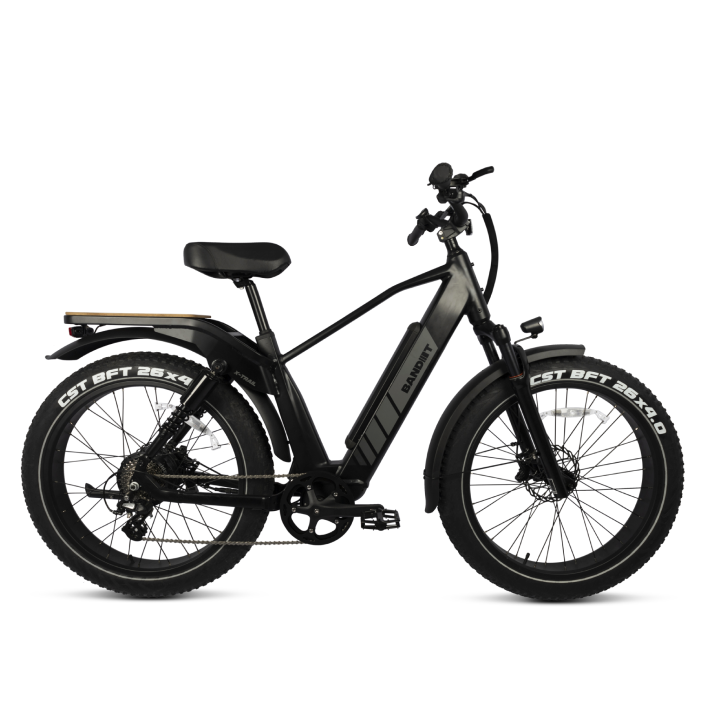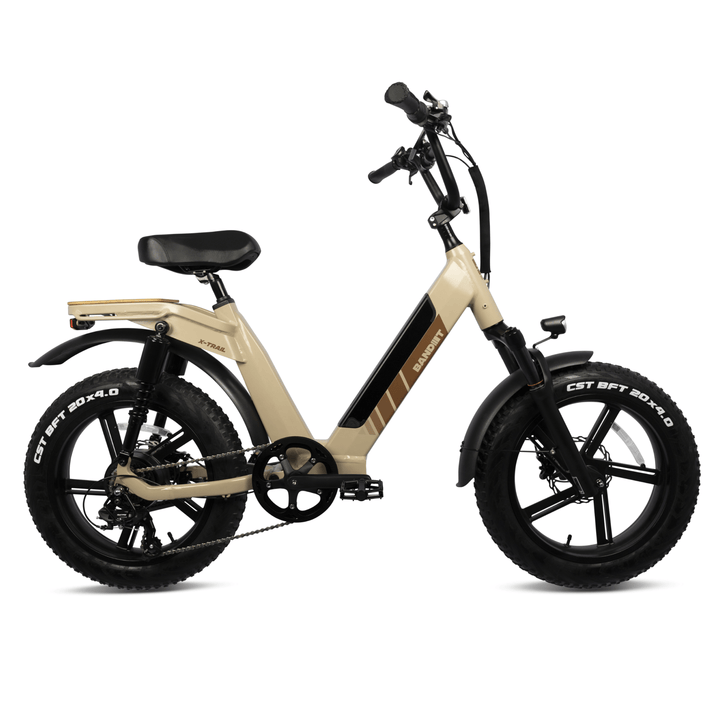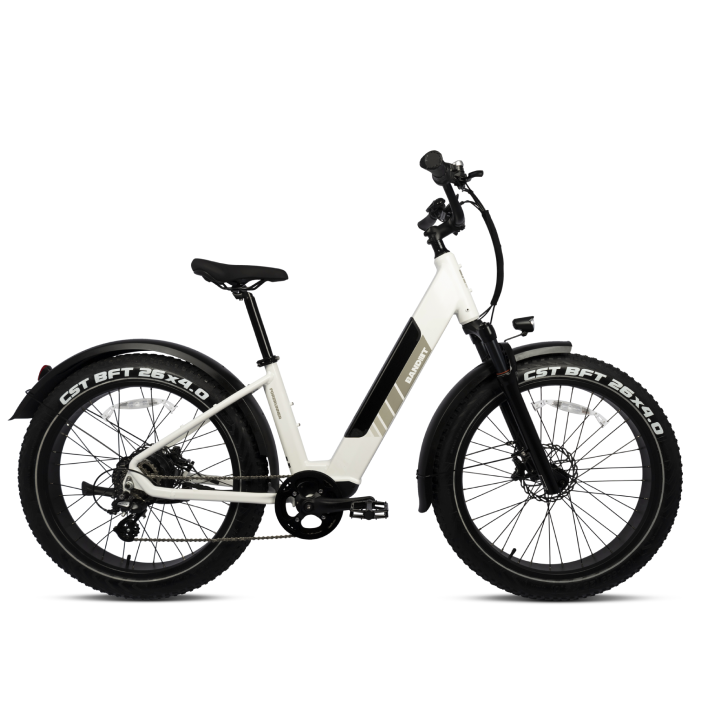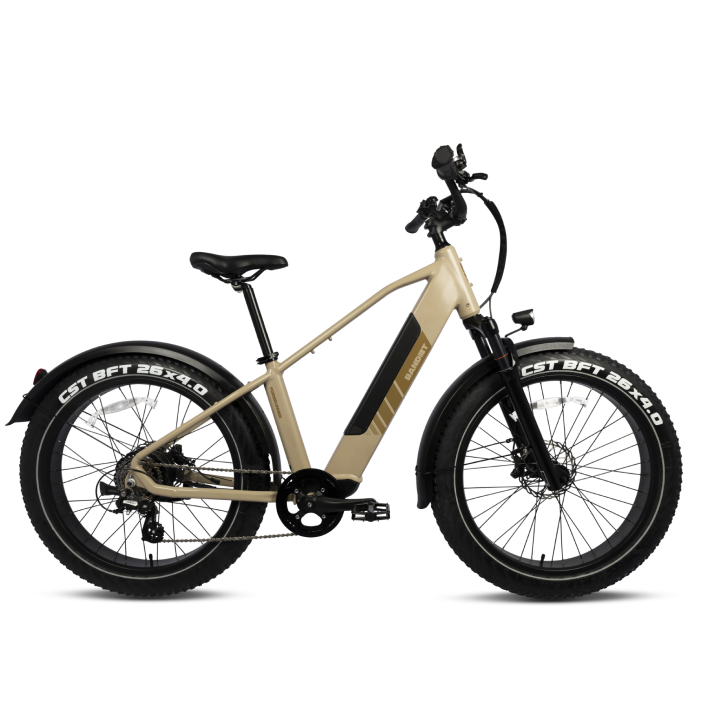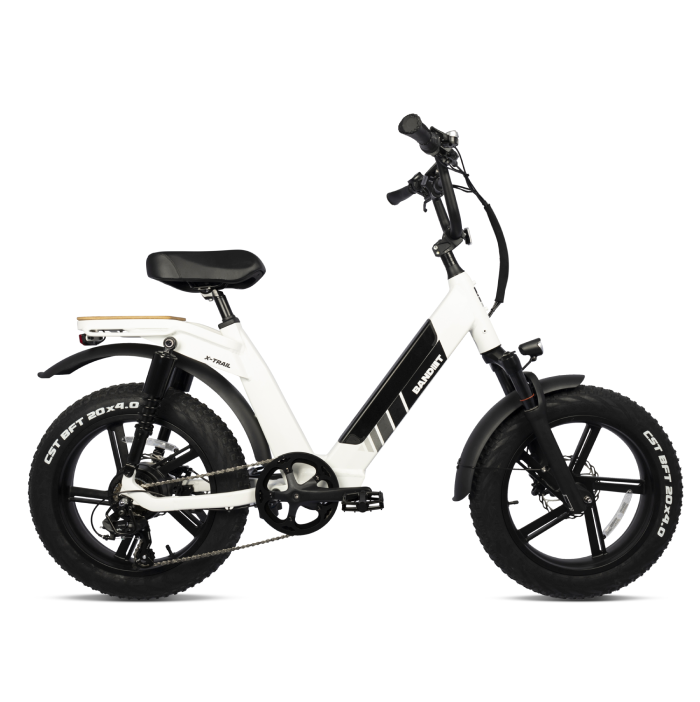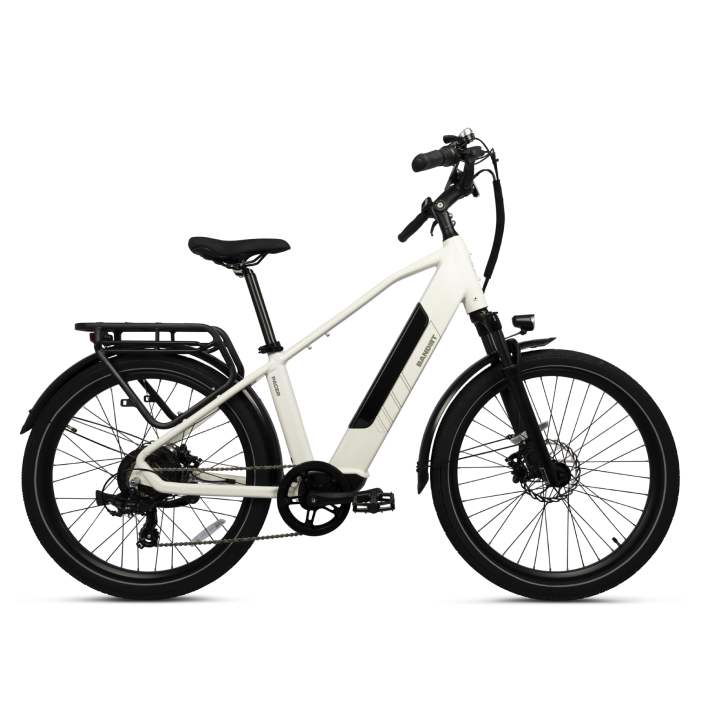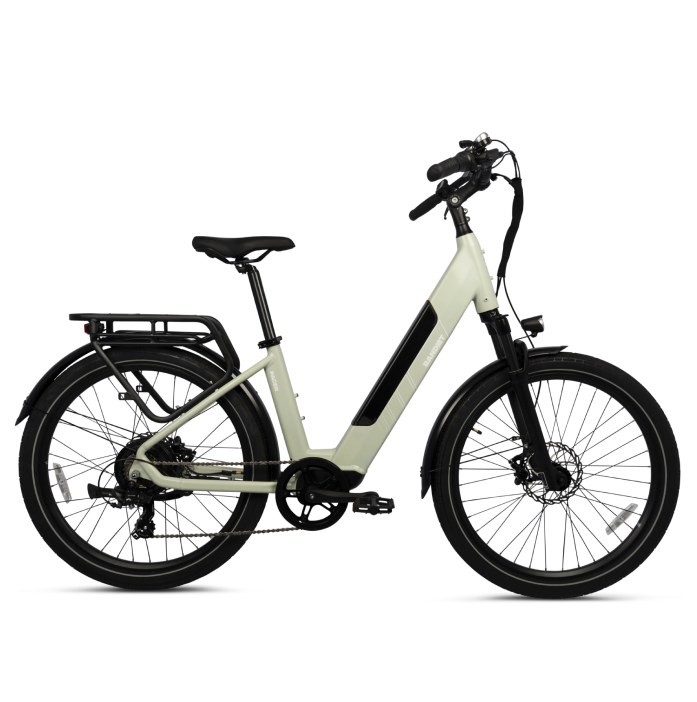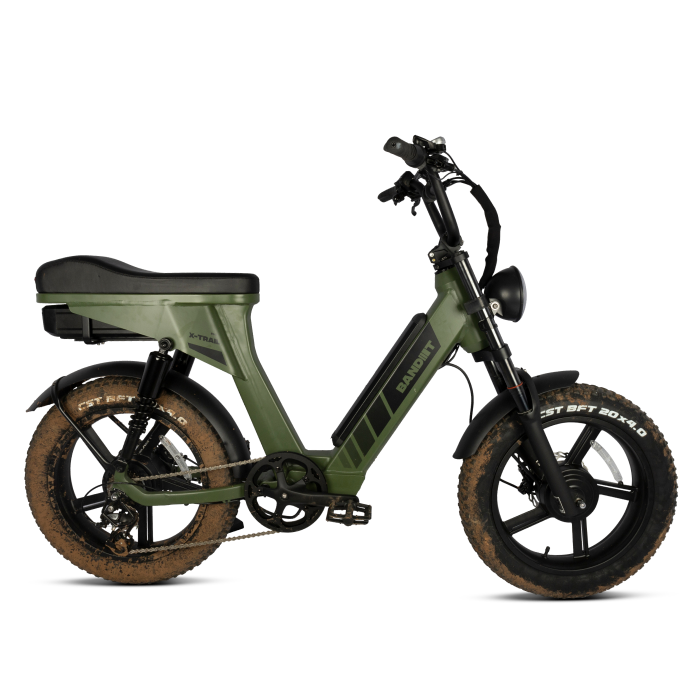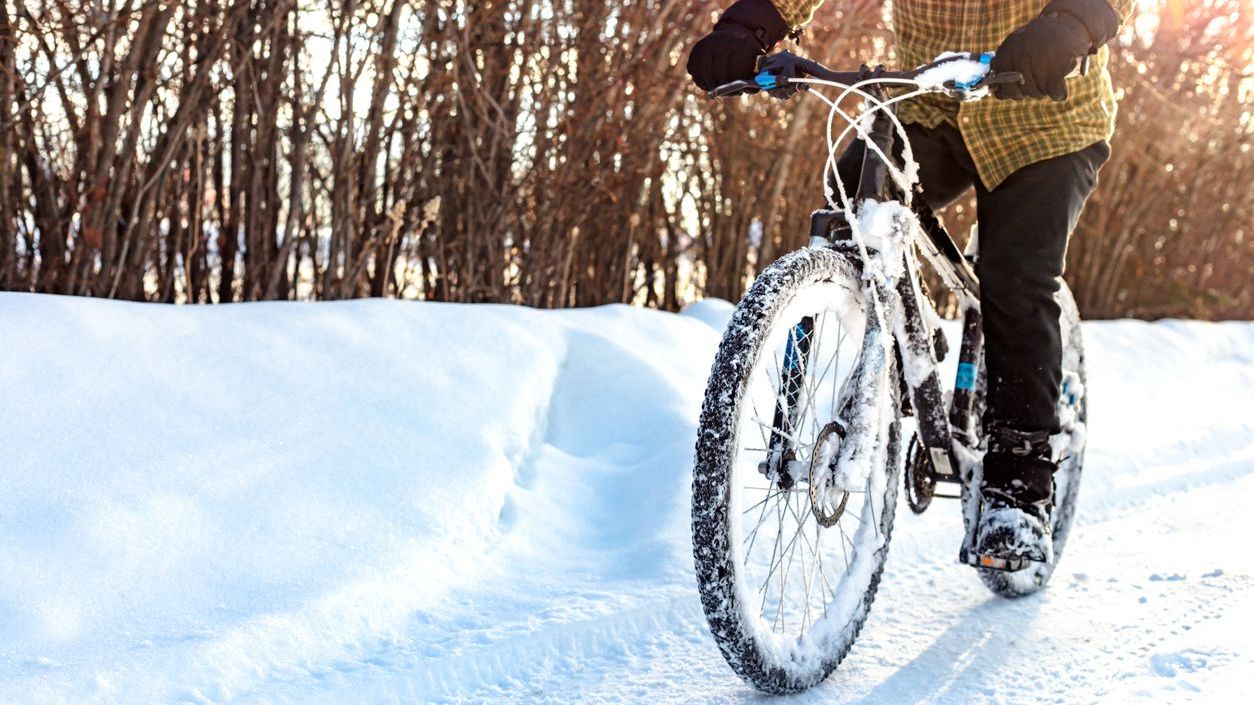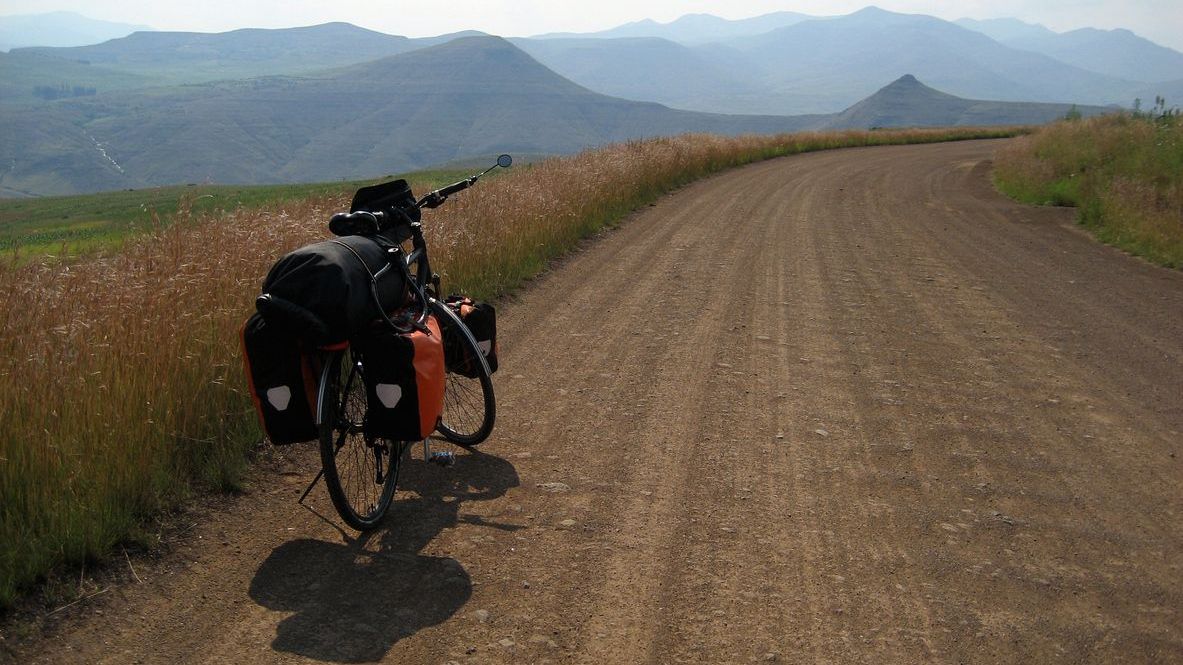Riding an e-bike in winter presents unique challenges and requires special care to maintain performance and ensure rider safety. Cold weather affects battery life and traction, and road conditions can be perilous. Here’s a comprehensive guide to maintaining your e-bike during winter months and strategies for safe riding.
1. Battery Care in Cold Weather
The battery is the most critical component of your e-bike, and it’s also the most vulnerable to cold temperatures. Cold weather can significantly reduce battery performance and overall range.
- Keep It Warm: Store your battery indoors when not in use. If possible, wait to attach the battery to your bike until just before you ride.
- Charge Indoors: Always charge your battery at room temperature to avoid reducing its lifespan.
- Insulate Your Battery: Consider using a battery insulation cover to help maintain its temperature and efficiency during rides.
2. Tire Considerations
Proper tires are essential for safe winter cycling. They provide the necessary grip and stability on snowy and icy surfaces.
- Winter Tires: Invest in winter tires that offer deeper treads and are specifically designed for snow and ice. Studded tires can also be an excellent choice for icy conditions.
- Tire Pressure: Lower your tire pressure to increase the tire’s contact patch with the ground, enhancing grip.
3. Regular Cleaning and Lubrication
Salt and grit from winter roads can be corrosive and damaging to your bike’s components.
- Clean Regularly: After each ride, clean your bike to remove any salt or grit, particularly from the chain, gears, and brakes.
- Use Wet Lubricants: Apply a wet lubricant to the chain and other moving parts to provide better protection against moisture and prevent freezing.
4. Braking Adjustments
The effectiveness of your brakes can be compromised in wet and icy conditions, so they require special attention.
- Check Brake Pads: Wet and gritty conditions can wear down brake pads faster. Check them regularly and replace if worn.
- Adjust Braking Technique: Brake early and gently to avoid skidding. Use both brakes evenly to maintain control.
5. Visibility and Lighting
Reduced daylight hours and inclement weather can significantly decrease visibility.
- Enhance Visibility: Use bright, waterproof lights on both the front and back of your bike. Consider adding reflective tape or wearing a high-visibility vest.
- Clear Displays: Keep your e-bike’s display screen clean and free of ice or snow for easy monitoring of your settings.
6. Riding Techniques for Snow and Ice
Adapting your riding style is crucial for safe winter biking.
- Slow Down: Reduce your speed to increase reaction times and decrease stopping distances.
- Avoid Sudden Moves: Make smooth and gradual movements to avoid skidding. Steer gently and avoid abrupt turns.
- Plan Your Route: Choose routes that are less likely to be icy or covered in snow, and avoid steep hills if possible.
Conclusion
Winter doesn’t have to mean the end of your e-bike adventures. With proper preparation and adjustments, you can continue enjoying your rides safely and comfortably. Regular maintenance and adapting your riding style to the winter conditions are key to keeping your e-bike in good working order and ensuring your safety throughout the season. Happy winter riding!
